A Parade of Bright Flowers in a City With a Dark Past
Farmers carried 500 dazzling flower designs through the streets of Medellín, Colombia
Those uninitiated with the dynamic city that is Medellín, Colombia, may only know it as the one-time home base of Pablo Escobar, the drug lord and murderous “king of cocaine.” But for decades, the city has also been known for plants of a different type: flowers. Colombia has become the second-largest supplier of live flowers to world markets after Holland, with Medellín one of the centers of that trade.
It’s fitting then, that every year since 1957, the city has hosted the Feria de Los Flores, an international flower festival. Thanks to the dismantling of the cartels in the early-to-mid-’90s and major investments in urban renewal projects, the ten-day festival itself has become one of the city’s major tourism draws. Citing its rapid turnaround, rich culture and out-of-the-box transportation projects, including the Metrocable, a kind of public ski lift to get up hills, The Wall Street Journal, in partnership with Citibank and the Urban Land Institute, named Medellín “Innovative City of the Year” in 2013.
The festival got its start when a member of the local tourism bureau helped throw a five-day event originally called The Flower Party. In addition to music, dancing and beauty pageantry, the city held a “parade that included the participation of 40 peasant families from the Santa Elena area of Medellín," according to Discover Columbia.
Today, amid all the other activities, including fireworks, concerts and horse rides, the parade is still the main event. Flower farmers design large, lavish arrangements and then carry them on their backs atop wooden disks or saddles, called silletas. Each one can weigh up to 154 pounds and measure about 16 feet in diameter. As USA Today explains, these wooden silletas were originally created for less jubilant reasons—slaves once used them to carry wealthy men and women up the mountains of Antioquia. Eventually, the silletas were repurposed by local farmers as a tool to efficiently lug flowers to the market, and so in a way the parade also commemorates the end of slavery.
This year’s parade included 500 silletas, with designs ranging from abstract arrangements, to mountain landscapes, to portraits of Frida Kahlo and Pope Francis. One marcher, an 88-year-old woman, participated in the parade for the 58th time in a row—the only person to have done it every year since 1957. “Flowers serve a great purpose,” she said. “They provide happiness and enthusiasm in the face of pain and suffering.”
Planning Your Next Trip?
Explore great travel deals
Smithsonian magazine participates in affiliate link advertising programs. If you purchase an item through these links, we receive a commission.
/https://tf-cmsv2-smithsonianmag-media.s3.amazonaws.com/accounts/headshot/michele-lent-hirsch.jpg)
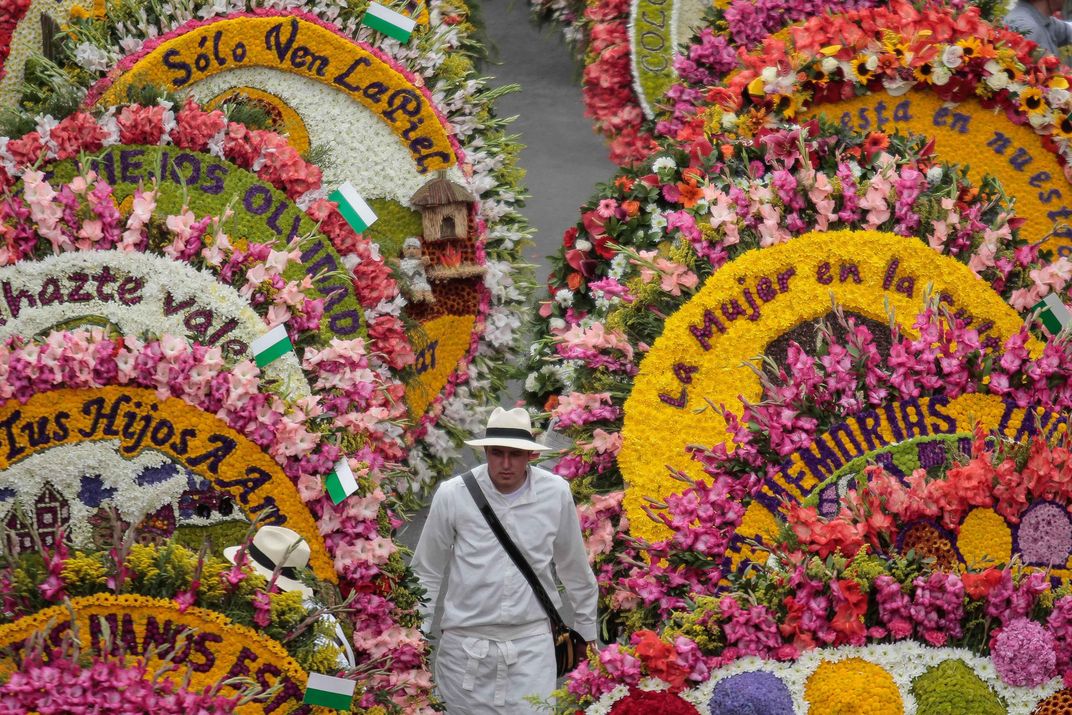
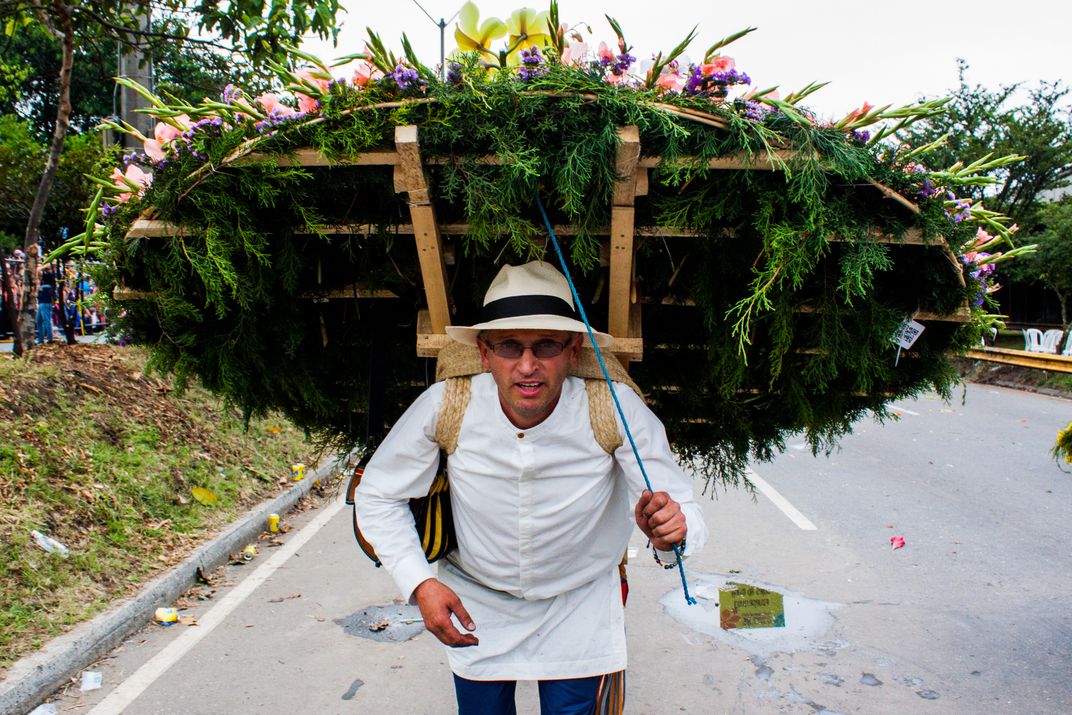

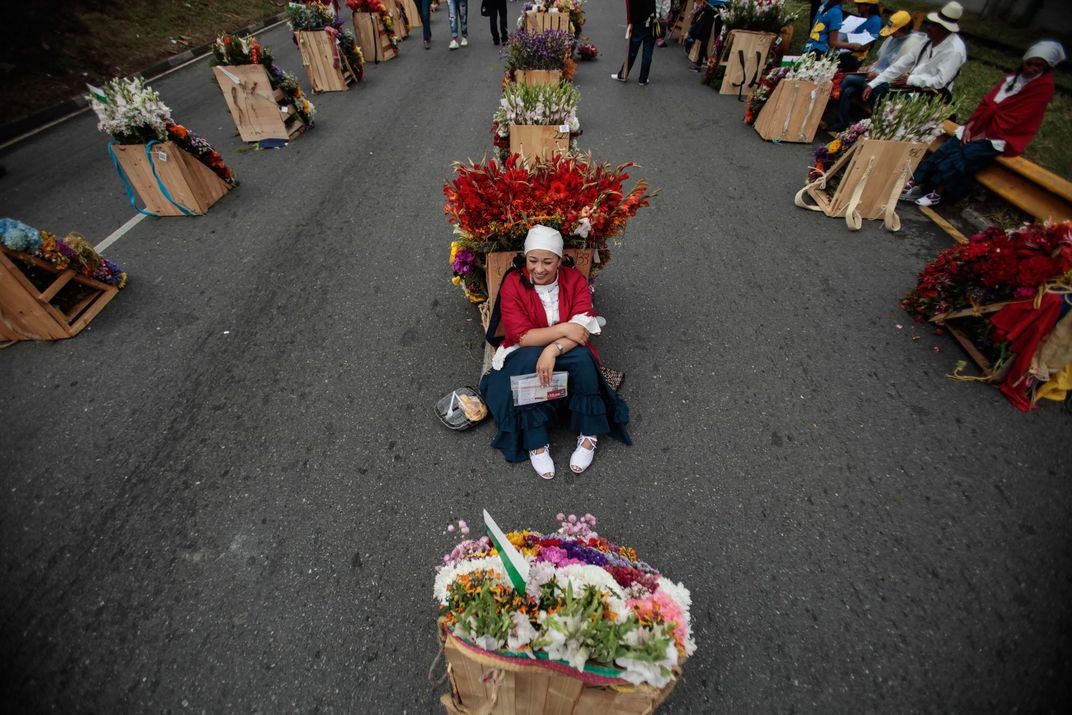
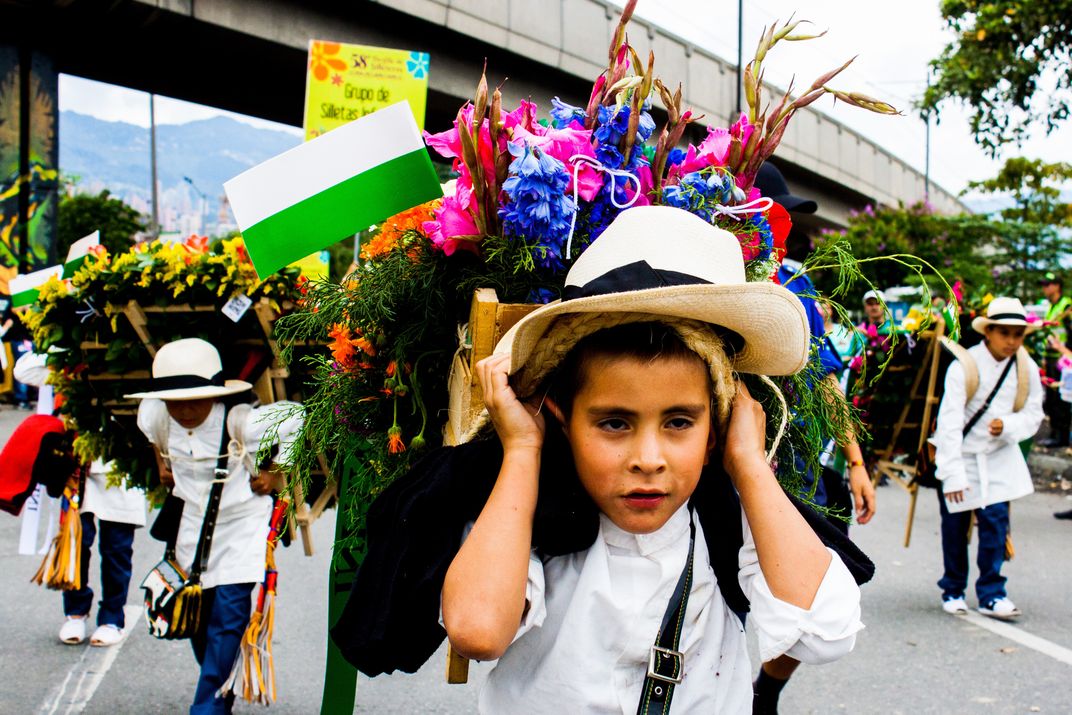
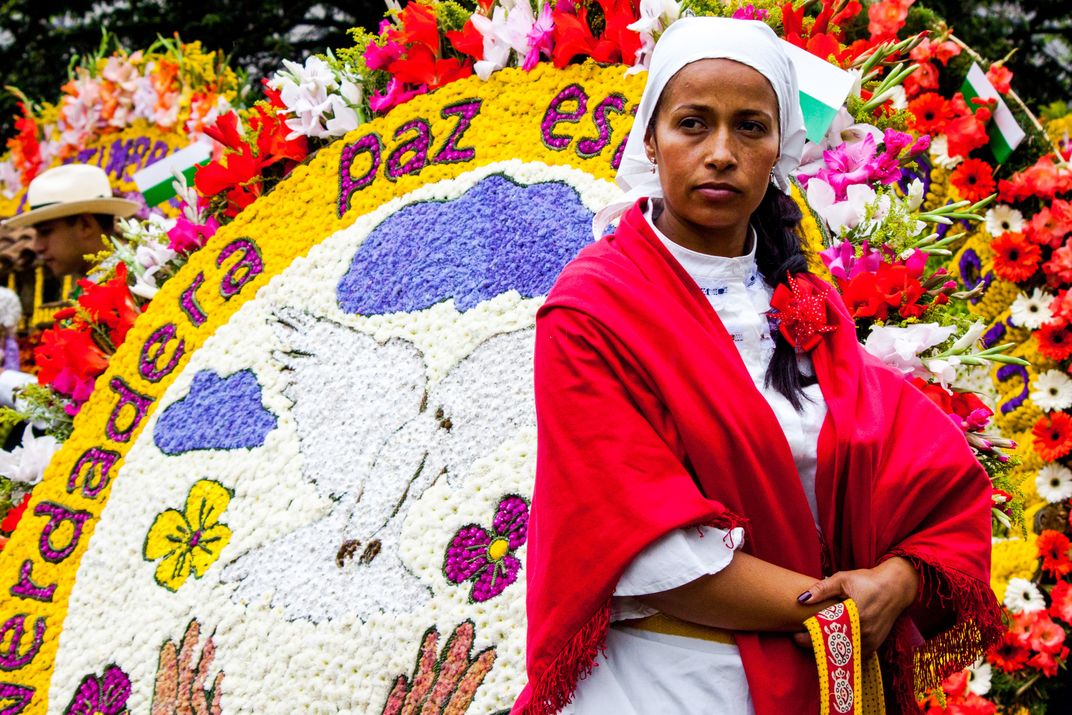
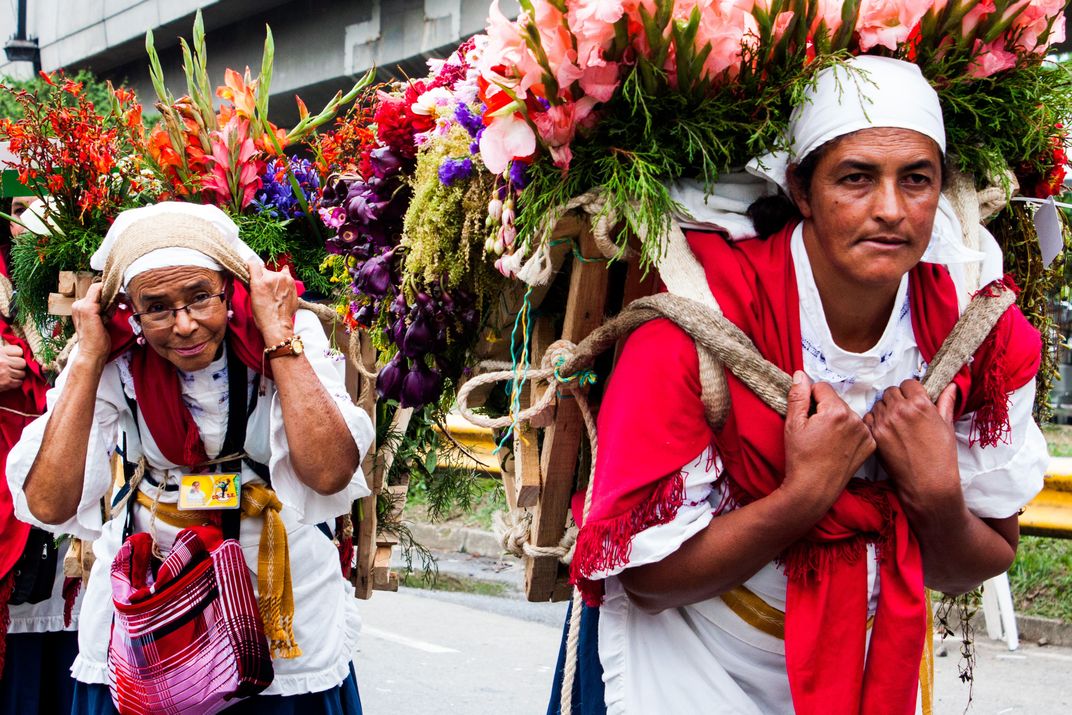
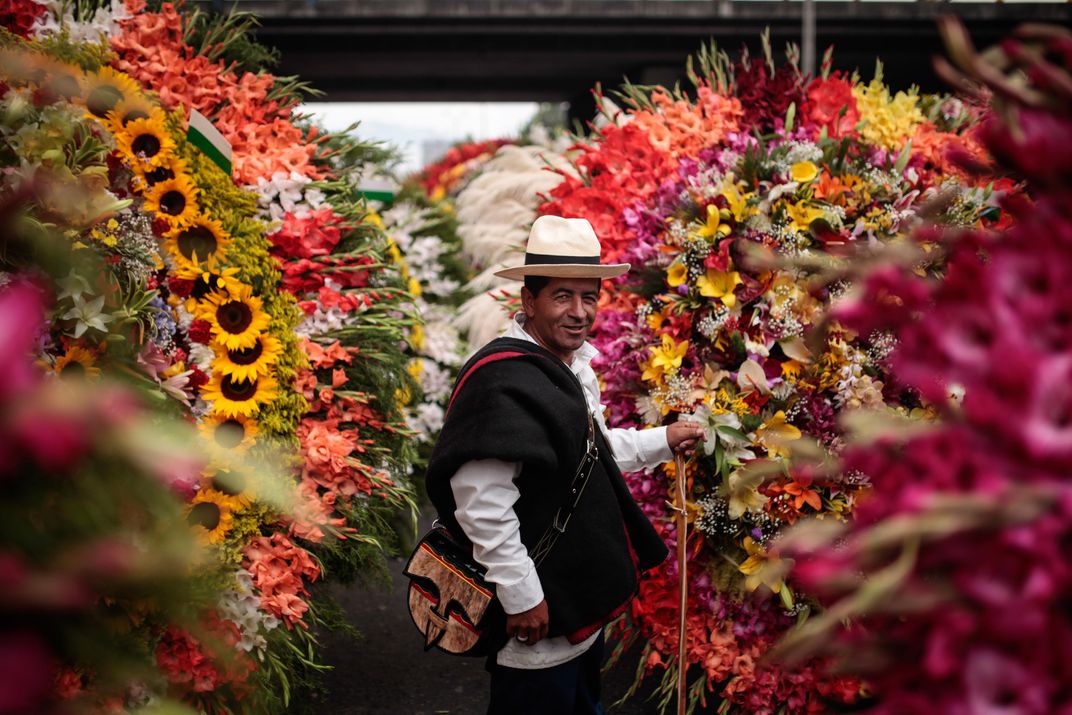
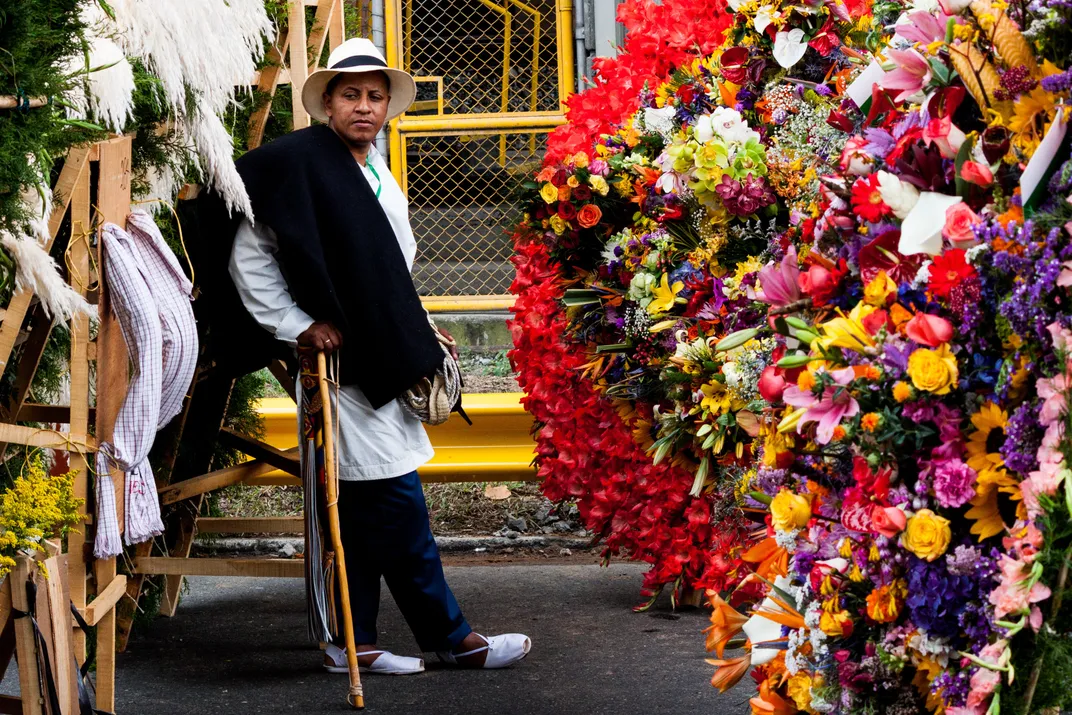
/https://tf-cmsv2-smithsonianmag-media.s3.amazonaws.com/filer/8d/a8/8da81721-3a16-414e-9aff-cb0194302f7a/medellin-flower-festival-display.jpg)
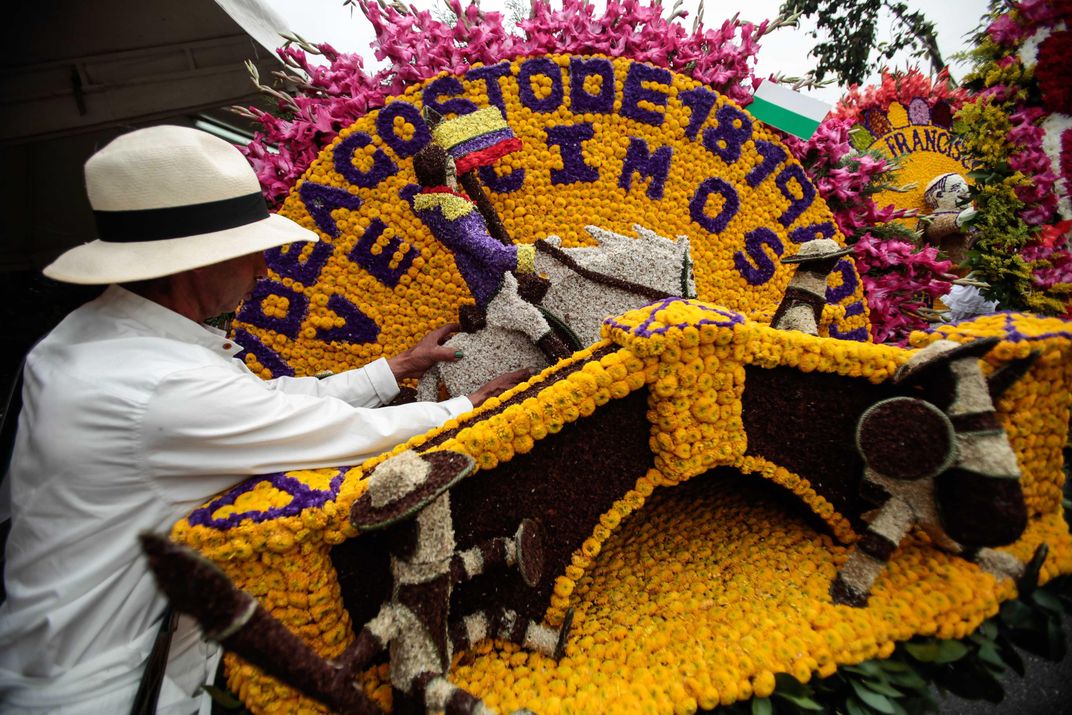
/https://tf-cmsv2-smithsonianmag-media.s3.amazonaws.com/accounts/headshot/michele-lent-hirsch.jpg)